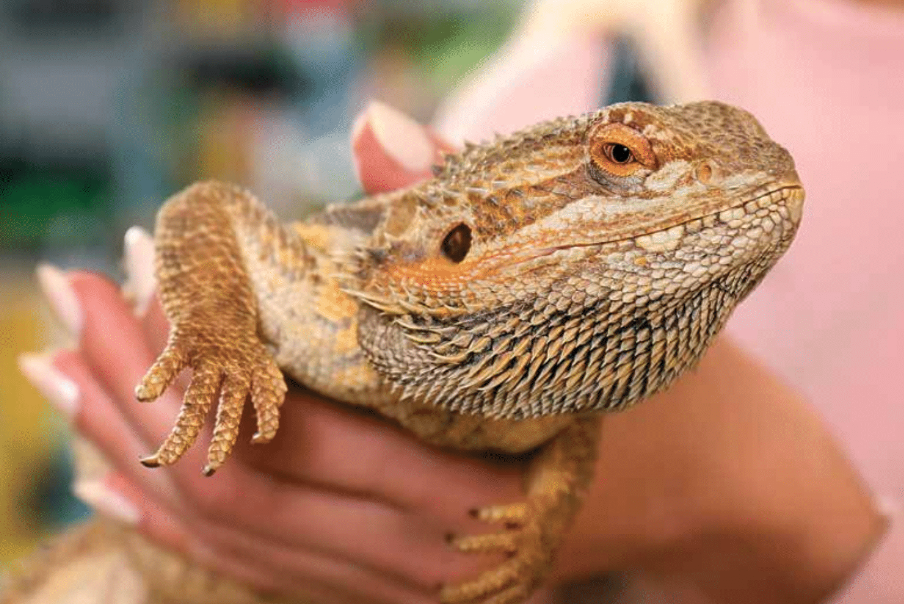First Impressions Matter: Have Your Store Looking its Best
John Mack //October 8, 2018//
One of the first things that I look for when visiting pet stores across the country is how a store goes about putting together its displays. As a first-time visitor to a given store, you immediately start forming that all-too-critical first impression that determines whether you’ll be returning to that store or whether it will simply be a footnote in that person’s history.
Pet retailers can take a number of steps—good customer service, a quality selection, educated staff, and unique products—to ensure repeat customers. But if your store isn’t visually attractive to a potential customer, it’s entirely likely that a potential first-time customer may never make it so far as to engage with your staff or peruse your products. First impressions matter, and a deliberate investment into the general setup of your store can ensure that your first impression always makes an impact.
One easy way to address store setup is in terms of lighting. A bright, well- lit store with equally well-lit displays ensures that your customers can easily navigate through your store, read signs and price tags, and pick out important details on products.
“One of the most impactful changes that stores can make to displays is to update and increase their lighting,” said Ashley Rademacher, animal care and education director for Zoo Med. “No matter what you put inside a habitat, it will not show nicely without a good light. LEDs use a very small amount of power, do not increase temperature (by much if at all) and can provide a wide range of visible lighting colors and options. Even utilizing crisp-white halogens or metal halide lights for basking can very much increase the visual appeal of in store displays. Additionally, it can help customers see the possibilities of a habitat within their home.”
It’s that last point, in fact, that may be the most important one that Rademacher makes. The end result of every one of your reptile customers is going to be the purchase of an environmental system in which their reptile will live. Cats and dogs don’t require that habitat; reptiles do. And, if nothing else, those customers will always be on the lookout for ways to change and add to those habitats in creative ways.
Rademacher further suggests adding “color and unique decor… and keep it fresh: replace old moss, brown plants, or faded decor with fresh new items regularly to keep the habitat bright and lively looking. These regular changes can help catch the eye of even regular customers who might otherwise walk right past a display…”
A truly unique development in terms of creating eye-catching displays has been the inception of the “combination” display: a single enclosure capable of providing habitats for multiple types of animals with varied ecological needs. While in the past most reptiles were relegated to their own tanks, these combination displays allow retailers to create entire ecosystems, capable of housing land-dwelling, water-dwelling and arboreal species all in one enclosure. Rademacher elaborates on Zoo Med’s version of these enclosures, the Zoo Med Paludariums.
“The option to provide multiple habitats within one enclosure opens all kinds of new doors. The ability to house multiple species together is one, but being able to provide for the needs of those species that utilize each of these different zones is very important for the serious hobbyist,” she said. “Our new Paludariums embody this effect allowing keepers to keep aquatic, terrestrial, and arboreal species in one single enclosure. Additionally, animals who might use the land, water and/or arboreal features, such as salamanders, crabs or garter snakes, can utilize all of their options within a beautiful, naturalistic display.”
Imagine, then, being able to show off multiple creatures within one single, gorgeous display. Imagine a display with tropical fish within a rainforest setting, which itself houses both salamanders and dart frogs! Truly, the combinations at your disposal are astounding. However, the onus lies upon you, as the retailer, to show your customer all the phenomenal choices at their disposal.
You do this, of course, by truly showing—not just telling—what products line your shelves. If a given product is on your shelves—whether a hide, an enclosure, a type of bulb, a filter, a type of substrate—that product should be on display in at least one of the reptile enclosures within your store. Ideally, you should be able to include a list beside each display that provides an itemized list; a customer should be able to pick up that list, walk down the nearby aisle and pick up every single item necessary to recreate that habitat within their own home.
In the end, the setup and decor of your store should inspire creativity. A new display option should spark the imaginations of yourself and your staff, as you decide what creatures and what items will be shown in that display. That same display should fire the imaginations of your customers as well, allowing them to envision what they could create in their own homes.
And that, more than anything else, will give your customers an impression to remember.



















